Distillery Stories: Springbank
let’s begin
Before Speyside took over as the most densely populated area of distilleries in Scotland, Campbeltown reigned.
It was the smallest of the Scottish regions and at one point boasted around 28 working distilleries.
Today however, there are only three, and one of those is Springbank.
This distillery was founded on the site of an illicit still owned by Archibald Mitchell, whose family still run Springbank to this day.
The Mitchell family initially arrived in Springbank in the 1660s and had come from the Lowland region.
They already had a history as Maltsters and brought this history and tradition with them.
A century and more later, and in 1814 Whisky distilling in Campbeltown was flourishing and 22 distilleries were operating in the area.
Archibald and his brother Hugh initially partnered in the operating of a different distillery called Rieclachan and it wasn’t until 1828 that they first built Springbank.
It was built at the site the Archibald had been running an illegal still and went on to become the 14th licensed distillery in the Campbeltown region.
The Mitchells soon found that Springbank Whisky was in high demand and it thrived during this period.
Archibald’s sons, John and William, took ownership of the distillery in 1837 and John later founded the J&A Mitchell Company with his son.
The family later went on to open Glengyle Distillery in Campbeltown, a distillery that is another of the three that exist in the region today.
As time went on Springbank and J&A Mitchell went from strength to strength, recognising changes in consumer taste and altering their product accordingly. This gave them an edge over their Campbeltown competitors, many of whom had started to cut corners to deal with the growing tide of demand for their product.
The Campbeltown region historically has had a very heavily peated and smoky flavour and the Mitchells altered this in the early 1900s to make it lighter.
Other distilleries in Campbeltown did not have the same foresight and instead began making a cheaper product to deal with demand. As such customers lost interest in the region and these distilleries soon dropped out of production, one by one.
It would seem that times were bleak in Campbeltown, however, Springbank was able to continue trading, right through economic downturn as well as the closure of Glengyle.
It became one of the only two distilleries still operating in Capmpbeltown, alongside Glen Scotia.
The two distilleries were friendly and worked together amicably, with crews from Springbank even visiting every so often to create some Whisky and keep the machines going.
Springbank faced ups and downs throughout the 1900s, with the release of the successful Longrow brand in 1973 later counteracted in the 1980s when it faced more economic strife and a general fall in sales across the Whisky industry.
It continued to produce malt but only in short bursts. Regular production picked up again in 1989 and in the 1990s it really began to make a name for itself across the globe.
It went on to release yet another variation of its malt, Hazelburn, in 1997 and all three expressions continue to be made today.
In 2000 the distillery had another great success when Hadly G. Wright, great-great-grandson of Archibald Mitchell, bought back the Glengyle Distillery buildings.
Glengyle was re-opened and production began again in 2004, clawing back some of the prestige Campbeltown used to have.
Springbank continues to do well and in 2013 even sold a bottle of 50-Year Old malt originally distilled in 1919 to a Chinese Whisky collector.
They are thriving today and are upholding the legendary names of both Archibald Mitchell as well as the Campbeltown region.
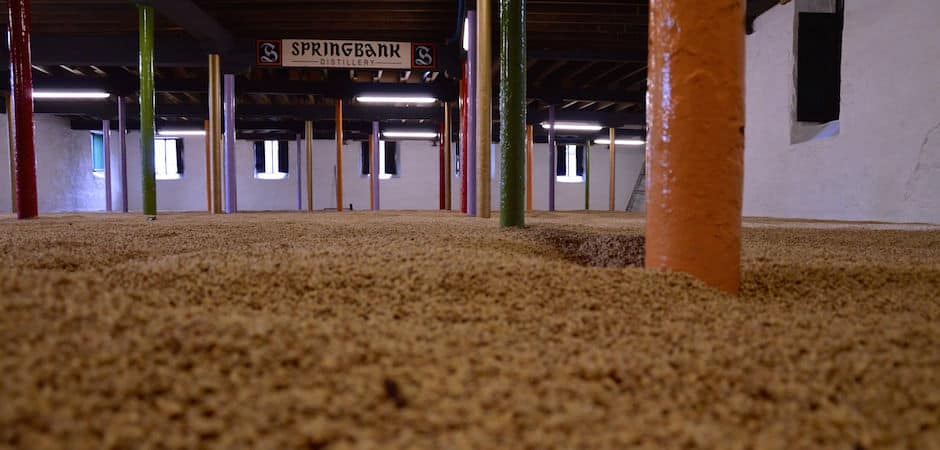
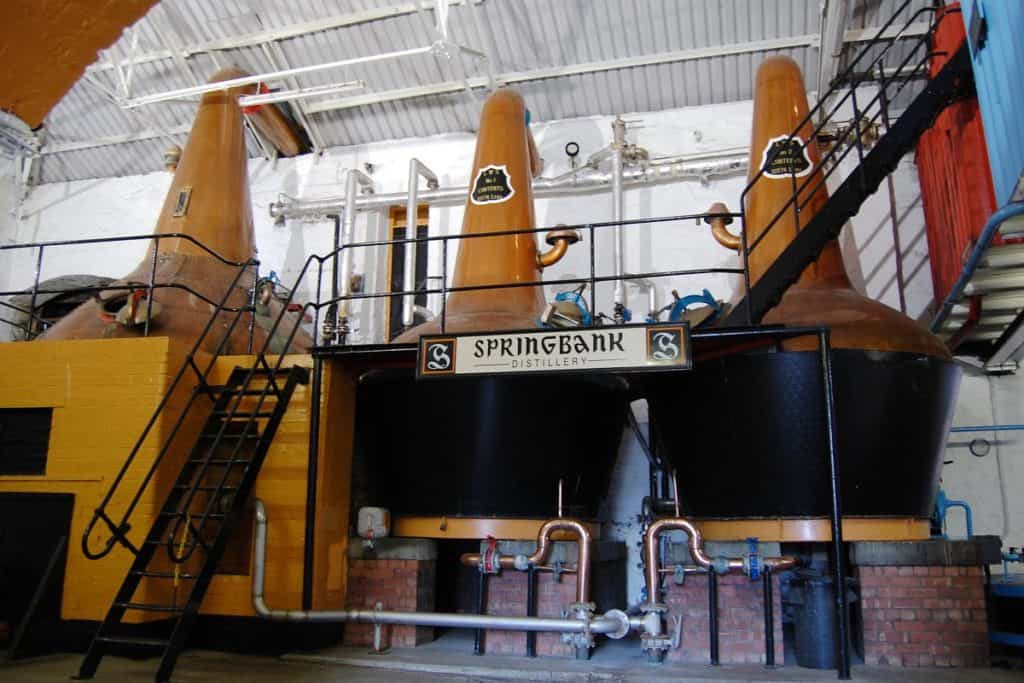
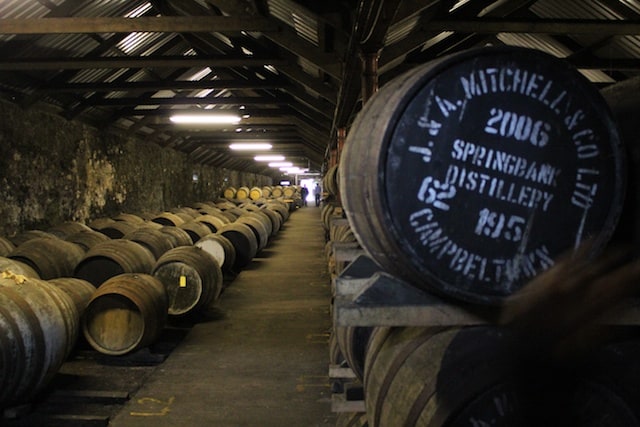

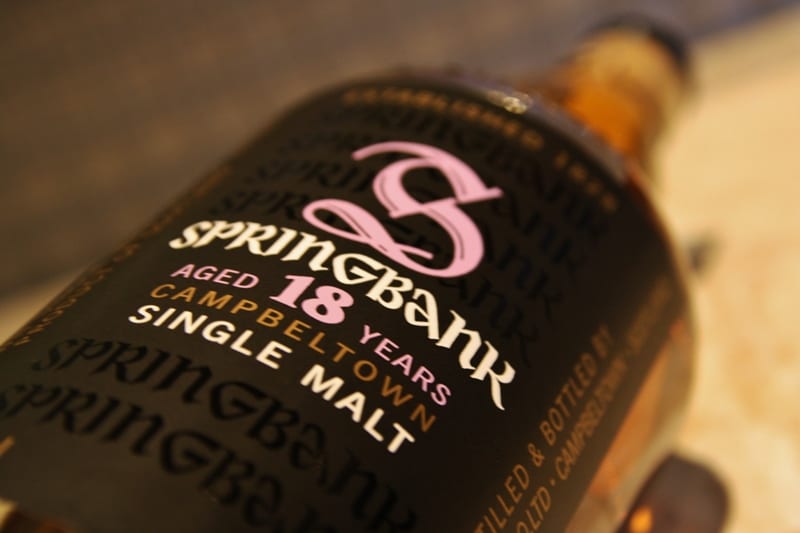



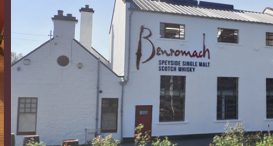
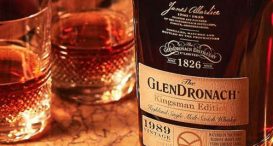
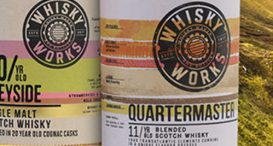



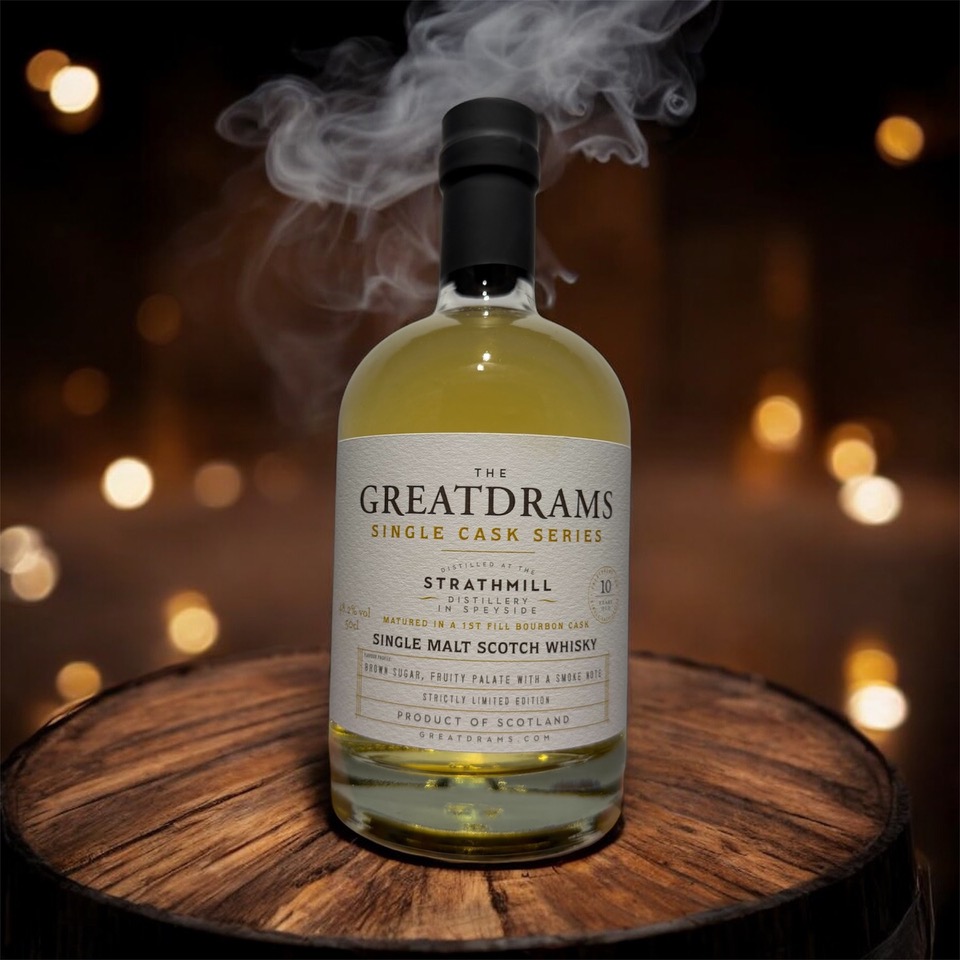



1 thought on “Distillery Stories: Springbank”